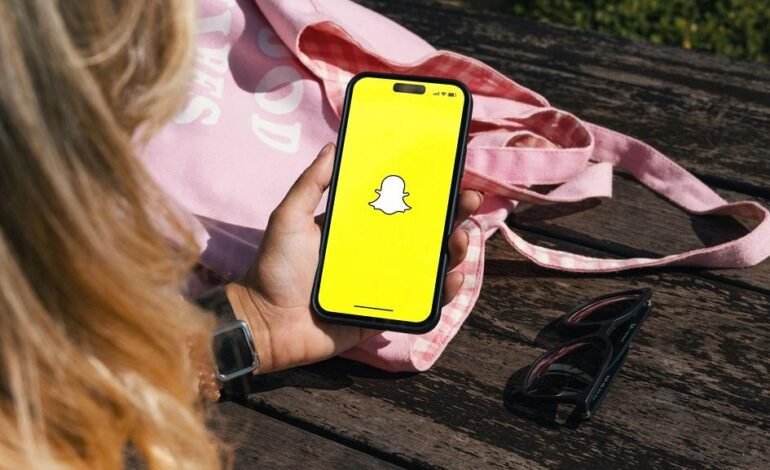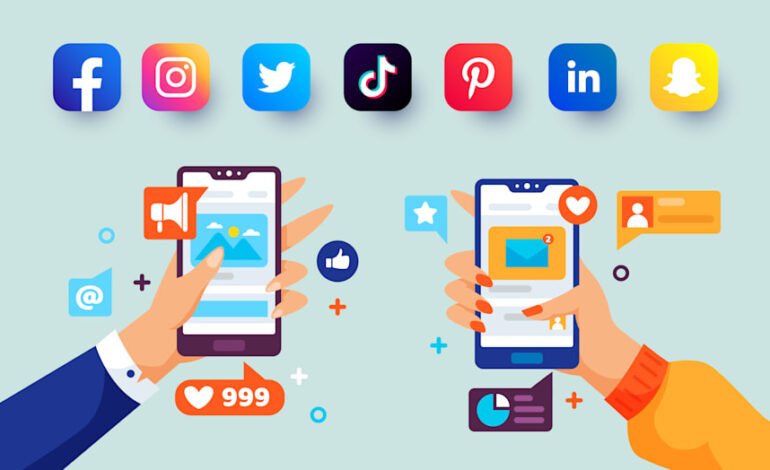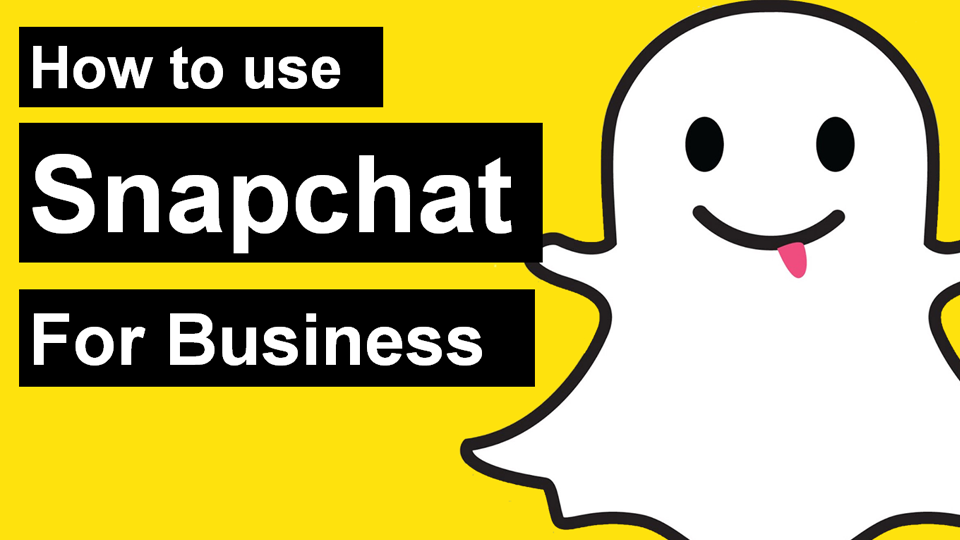Still don’t know what Snapchat is and why it’s a hit among young people?

If you work in digital marketing, you’ve probably already heard of Snapchat. This application has been on the market for about five years, and in recent times it has been hitting harder and harder, especially among the youngest. Part instant messaging service, part social network, and part entirely new concept, more and more brands are using it to launch innovative campaigns. So that yo,u t, oo can jump on the bandwagon, today I’m going to tell you what Snapchat is and why it is a hit among young people.
What is Snapchat, and how does it work?
Let’s answer what Snapchat is… This is an app that has become a social phenomenon with worldwide repercussions, especially among teenagers. Such has been its success that Facebook tried to acquire it for 3,000 million dollars… and failed. These statistics will help you get an idea of their success:
- Snapchat has more than 100 million active users a day, and this number continues to grow.
- More than 60% of mobile users between the ages of 13 and 34 have Snapchat.
- An average of 796 photos are shared on Snapchat per second.
- 5% of the world’s selfies are sent through Snapchat.
- It is estimated that its value in 2016 will be around 16,000 million dollars.
Behind all this hype is an application that works similarly to other instant messaging services, such as WhatsApp. After downloading Snapchat, the user must provide a phone number and an alias to create their account. You can then add your contacts and send them photos and videos in portrait format, either individually or in groups. It also has a real-time video option.
So far, there is nothing special about it… But Snapchat has a feature that makes it unique: its messages self-destruct a few seconds after receiving them (between 1 and 10, depending on the sender’s decision). To be able to see the photo or video, the receiver has to tap on it: if he lets go of his finger, he stops seeing it.
Another of its particularities is that with Snapchat, it is very easy to edit your photos with all kinds of “extras”. From its editor, you can color the images, add texts and emojis, put filters on them, add data such as time, speed, or temperature… and use the most popular option, Lenses, which uses facial recognition to create crazy “special effects”. If you’ve seen images of people vomiting rainbows or with raccoon ears and snouts lately, chances are they were created with Snapchat.
Why is Snapchat successful among young people?
Now that you know what Snapchat is, you may be wondering what the reasons for its success are. In my opinion, these are the main reasons why this app does not stop succeeding.
1) Your parents don’t use it (yet)
It is already known that the relationship between adolescents and parents is not always one of the closest. Young people need to have their own space where they can feel totally at ease, and Facebook no longer gives them that possibility. On Snapchat, on the other hand, they can share what they want most without feeling watched.
2) Respect privacy
Whatever their age, internet users are increasingly concerned about their privacy. And in that sense, Snapchat is perceived as one of the most discreet networks that exist. Messages disappear from the recipient’s phone within a few seconds, and having to hold down the screen to view them makes it difficult to take screenshots. In addition, Snapchat deletes all content every 24 hours, and the only way to search for a user is by knowing their alias.
3) It is ephemeral
We are used to the content we publish on the internet staying there forever, and this generates a real obsession with perfection. Who hasn’t taken 20 different photos in search of the perfect selfie? In the age of posturing, knowing that your posts are destined to disappear is a real relief for users and allows them to be much more natural.
4) It’s a new format
Although it shares some of the features of messaging services and social networks, Snapchat is a unique application that allows you to interact in a different way from other tools. It is not easily replaceable, and that is part of its success.
5) It’s super fun!
The combination of not having to worry about the future of your posts and having plenty of customization options is perfect for letting go and having a great time. Wow, these cat ears look great on me!
How do brands use Snapchat?
Snapchat is the new phenomenon of digital marketing, and more and more brands are signing up to create campaigns especially for this network. To take advantage of the pull, Snapchat has included advertising options specially designed for companies with different options, such as encouraging people to download an app. These are some of the use cases of Snapchat for brands that I like the most. Use them to inspire you and start communicating on this network!
- The yogurt brand 16 Handles has been able to take advantage of Snapchat’s features to make its discounts viral. In its recent campaign, the brand encouraged users to use this network to share a photo or video where they were consuming a product of the brand in exchange for obtaining a discount coupon for the next purchase. To make matters worse, they had to present the coupon in the store in order to benefit from the discount… and of course, they only had 10 seconds to do so. As if that were not enough, the amount of the discount was a surprise: 16, 50, or 100%.
- The series Girls bet very heavily on Snapchat by promoting its third season exclusively for Snapchat followers. Of course, secrecy made it irresistible to share its contents…
- A company as apparently “serious” as General Electric has also shown that it knows how to use this network. How? Using Snapchat to introduce lunar astronaut Buzz Aldrin to his younger audience.










